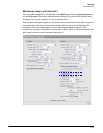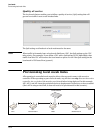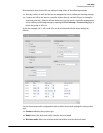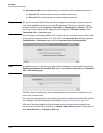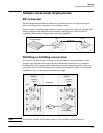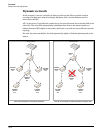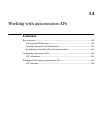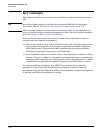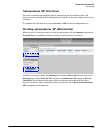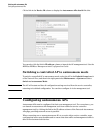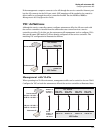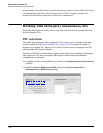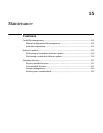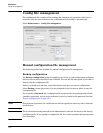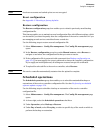
Working with autonomous APs
Key concepts
Key concepts
This chapter describes how to use the service controller in conjunction with autonomous
APs.
Tip Most of this chapter applies to working with autonomous MSM APs. For third-party
autonomous APs, see Working with third-party autonomous APs on page 14-6.
APs can operate in either controlled mode or autonomous mode. In controlled mode, the
service controller provides centralized management of APs. This is the preferred operation
mode. See Chapter 3: Working with controlled APs.
However, in some other cases it is necessary to operate APs in autonomous mode, for
example under the following circumstances:
When an AP is used to create a static WDS (local mesh) link. Controlled mode does not
support static local mesh links. It is strongly recommended that dynamic WDS (local
mesh) links be used. They provide the same capabilities but with greater flexibility.
Furthermore, local mesh is supported in controlled mode.
An AP at software version 4.x or earlier is used. Controlled mode is available on APs at
software version 5.x or higher. It is strongly recommended that service controllers and
autonomous APs be updated to the same software version, and preferably 5.x or higher.
Controlled APs are automatically updated to the service controller software version.
It is recommended that you operate most MSM APs in controlled mode, reserving
autonomous mode only for APs that need features unique to autonomous mode. In
autonomous mode, the following functionalities are not available: Centralized management,
L3 mobility, and WPA2 Opportunistic key caching.
14-2




